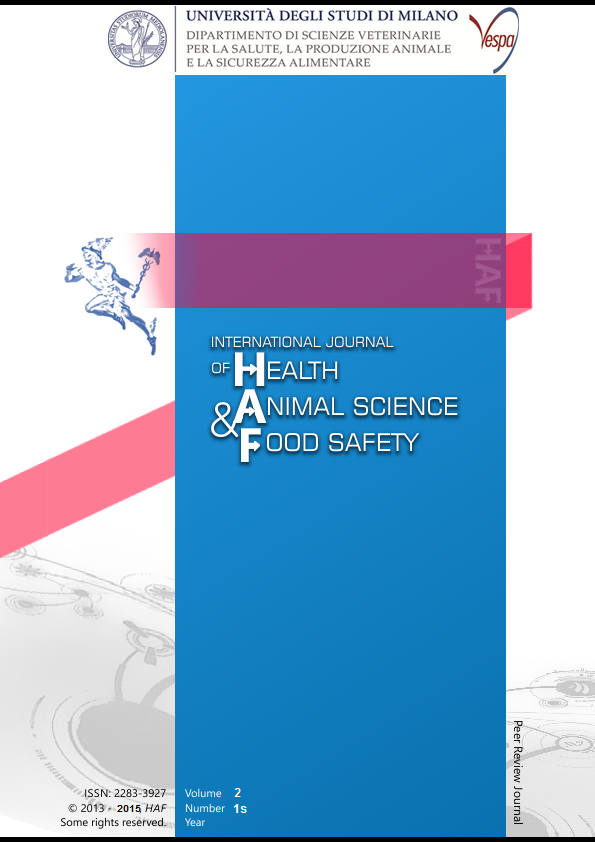Abstract
In 1989 a Boeing 737 crashed in the Amazon jungle after running out of fuel 600 miles off course. The accident was due to human failures, being incorrect input of the required direction and misinterpreting external signals thereby (mis)confirming that the plane headed the right way and that the crew was infallible; a situation in psychology known as confirmation bias.Confirmation bias is the tendency to search for, interpret, or recall information in a way that confirms one's beliefs or hypotheses. Also in (Veterinary) Science external signals can be helpful to confirm one’s beliefs or hypothesis, but an open, critical attitude must be considered to prevent confirmation bias. Therefore veterinary (and other) nutritionists should:
-utilise facts and insights obtained in well-designed experiments to develop sound unbiased theories on the aetiology of nutrition-based animal diseases and to generate preferable interventions to prevent or treat such diseases.
-reflect on the effect of dogmas in dairy cow nutrition, which may have consequences for preventing for example laminitis and metabolic disorders in early-lactation.
This brings to Evidence-Based Veterinary Clinical Nutrition whose development, advantages and disadvantages of Evidence-Based Veterinary Medicine (EBVM) have been reviewed recently (Vandeweerd et al., 2012). Similar to evidence-based medicine, EBVM distinguishes five sequential steps: (1) formulate answerable questions, (2) locate best evidence to answer the question, (3) assess internal validity of the obtained information, (4) integrate validated information with own clinical expertise and the unique situation of patient and owner and (5) assess effectiveness and efficiency of the therapy to improve future appraisals (Schmidt, 2007, Fajt et al., 2009, Vandeweerd et al., 2012). In a contribution of Roudebush et al. (2004) examples for applying EBVM in clinical nutrition have been presented, showing how this approach can improve patient outcomes. Two examples will be analysed in detail: sub-acute ruminal acidosis and lipopolysaccharides as a cause of laminitis and postpartum low feed intake as a causes of metabolic disorders in early-lactation.
We will see that to develop and update preventive and therapeutic interventions, a critical, unbiased approach is essential to deliver professional veterinary support to patients and owners coherent with the rapidly-evolving state of art.
This work is licensed under a CC BY-SA 4.0 international

